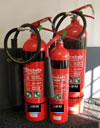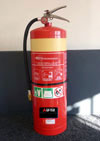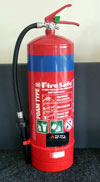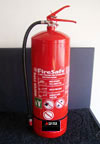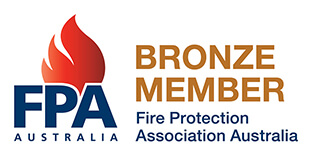Installation and Maintenance:
As a vital piece of safety equipment, fire extinguishers must be installed in accordance with Australian Standard AS 2444 and maintained on a six monthly basis in accordance with Australian Standard AS 1851. This equipment is generally used as a first attack measure to ensure the fire does not spread in the early stages and cause significant damage. It is very important this equipment is maintained correctly with periodic tests, recharge and replacements when required. ITD Fire Services adheres to and exceeds all servicing standards providing peace of mind, customer satisfaction and value for money.
If you need your fire extinguishers to be maintained, refilled, serviced or replaced, please contact us.
